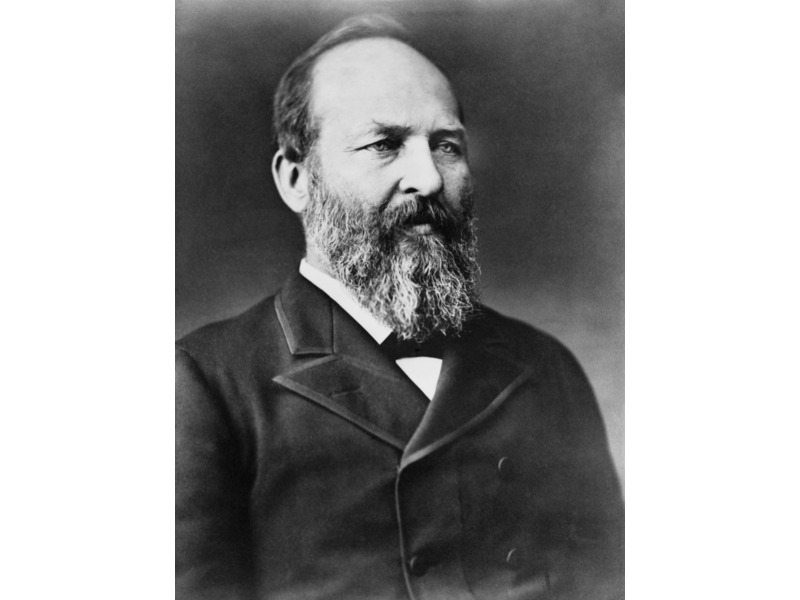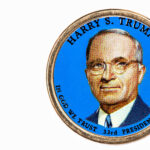A grievous event marked a dark chapter in American history when Charles J. Guiteau, a disgruntled attorney, shot and fatally wounded U.S. President James A. Garfield at the Baltimore and Potomac Railroad Station in Washington, D.C on July 2, 1881. Garfield, the 20th President of the United States, would later succumb to complications from his wounds on September 19, 1881.
President Garfield had taken office in March 1881 with aspirations of reforming the civil service and strengthening the federal government. However, his tenure was abruptly and tragically cut short by Guiteau’s assassination attempt. Guiteau, who had failed to secure a government position despite his delusional expectation of being rewarded for his minor contributions to Garfield’s election campaign, blamed the President for his misfortune.
Alexander Graham Bell, the inventor of the telephone, even attempted to locate the bullet with an induction-balance electrical device he created, but was unsuccessful. During the next two and a half months, Garfield’s health deteriorated due to infection and other complications. He passed away on September 19, 1881, becoming the second U.S. President to be assassinated.
Guiteau was swiftly arrested, tried, and found guilty of murder. Despite his claim of divine inspiration and attempts to plead insanity, he was sentenced to death and executed on June 30, 1882.
References:
https://guides.loc.gov/chronicling-america-james-garfield-assassination
https://www.smithsonianmag.com/history/the-stalking-of-the-president-20724161/
https://www.archives.gov/files/publications/prologue/1992/summer/garfield.pdf
https://www.history.com/news/the-assassination-of-president-james-a-garfield




